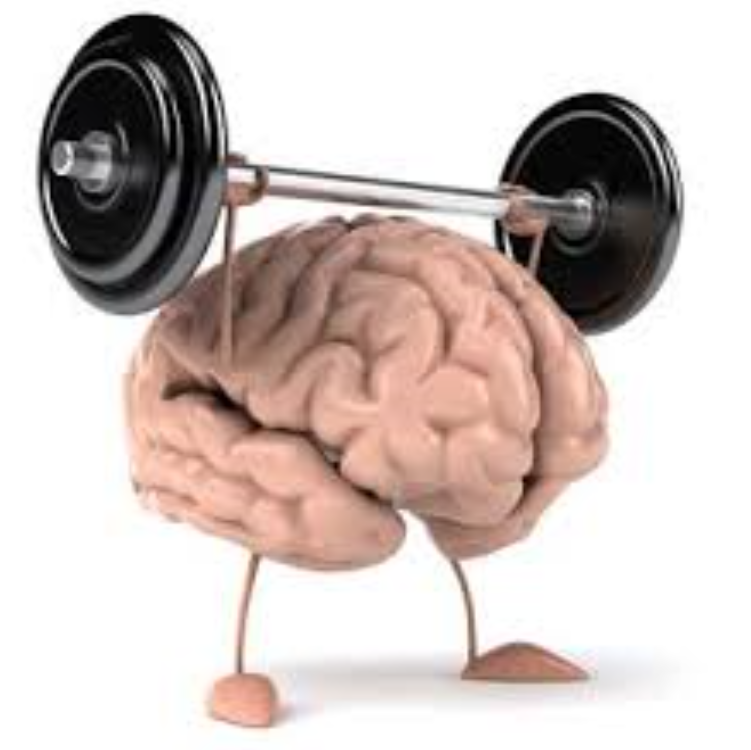Let's Review Common Literary Devices
Literary Devices: Personification, Metaphors, and Similes
Literary Devices
are tools you can use to increase the depth of your active reading. Rather than reading literature for the sake of “hearing” a story, you can read use your
knowledge about these literary devices to help you discover a joy in reading you may have yet to experience: Literary Analysis.
This mean you read with the intention of finding meaning to the story that is deeper than the text. You look for structures and ideas that just may bring a
different meaning to the story beyond the events presented.
Before taking a look at some examples of personification, metaphors, and similes, (
literary devices)click on the links in the list of memory
joggers below.
Literary Devices Memory Joggers
Here are some examples of the listed literary devices from the story, “Drummer Boy”.
Two examples of personification:
1. “…bones of young harvested by the night and bindled around campfires” (giving the night the job of a farmer who gathers the men up in bunches like
stalks of corn and places them around the fires) p.5
2. “sun might not show its face because of what was happening here” (giving the sun emotions-shame- and choice to shine or not) p7
Many examples of metaphor
1. “Similarly strewn steel bones of their rifles” (comparing the rifles to skeletons) p5
2. “its great lunar face” (comparing the shape and color of the drum skin to the moon) p5
3. enemy army “turning slow, basting themselves with the thought of what they would do when the time came” (comparing the soldiers turning over and over in
their restless sleep as they dream of battle to something cooking over a fire on a spit turning over and over and basting or coating itself in sauces) p5
4. “a moth brushed his face, but it was a peach blossom” (comparing a moth and a blossom) p6
5. “soldiers put on their bravery with their caps” (comparing bravery or courage to an article of clothing p6
6. “There’s your cheek, fell right off the tree overhead” (comparing his fuzzy facial hair to peach fuzz ) p6
7. “bunch of wild horses on a loose rein” (comparing the wild, untrained soldiers to untamed horses) p7
8. “You are the heart of the army’ (comparing the army to one living human & Joby to a beating heart) p7
9. “they would sleep forever” (Comparing death to sleep) p7
10. “muted thunder” (comparing sound of drum to thunder) p8
Many examples of simile:
1. “…bayonets fixed
like eternal lightning” (comparing the shiny, sharp knives on their guns to lightning shining in the moonlight since
the guns were hidden in the grass and the moonlight could only detect the knives) p5
2. peach pit “struck once
like panic” (comparing the startling sound of the pit hitting the drum to the panic the sound created in the
boy’s imagination) p5
3. Soldiers’ whispering “was
like a natural element” (comparing the combined whispering of all the soldiers to the sound of a great wind
approaching p5
3. “this drum which was worse
than a toy” (comparing drum’s effectiveness as a weapon to a toy) p6
4. “him lying small here, no more
than a toy himself” (comparing the small boy to a toy) p6
5. “their knees would come up in a long line down over that hill, one knee after the other,
like a wave on the ocean shore” (comparing
their energetic, precision marching to waves crashing on the shore) p7
6. “waves rolling in
like a well-ordered cavalry charge to the sand” (comparing march to wave) p7
7. “put steel armor on the men…blood moving fast…
as if they’d put on steel” (comparing the adrenaline rush of their organized, energetic
march to steel armor) p7




















